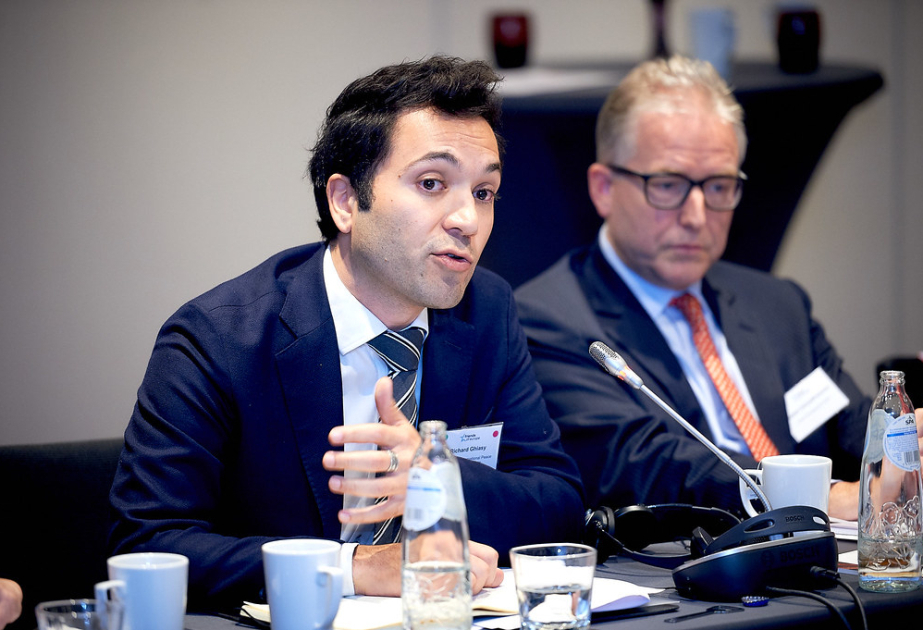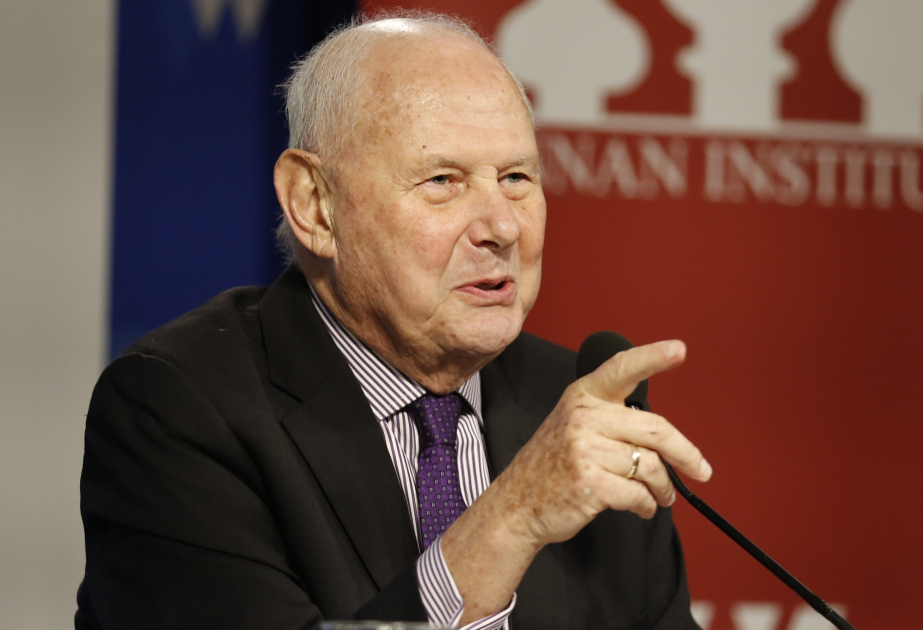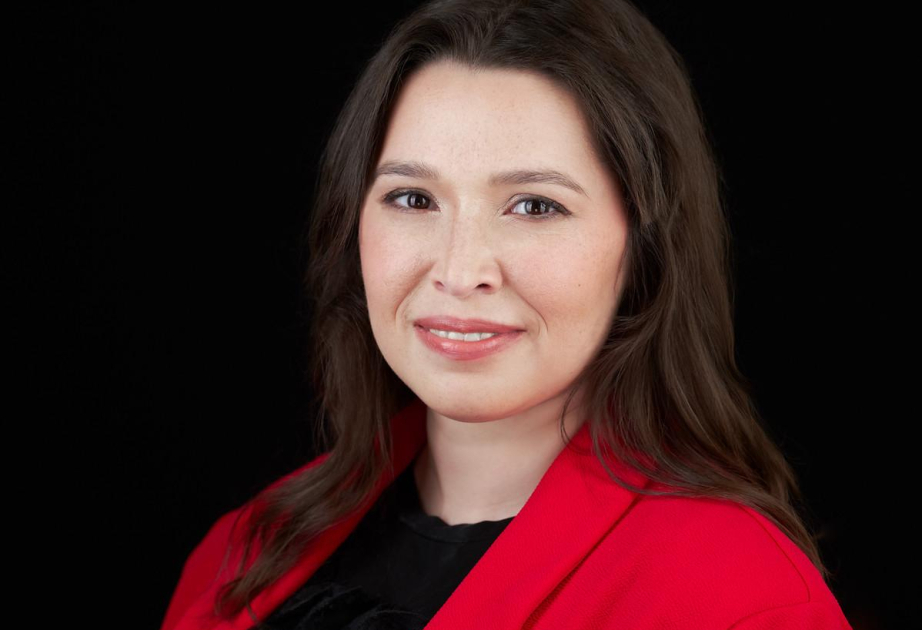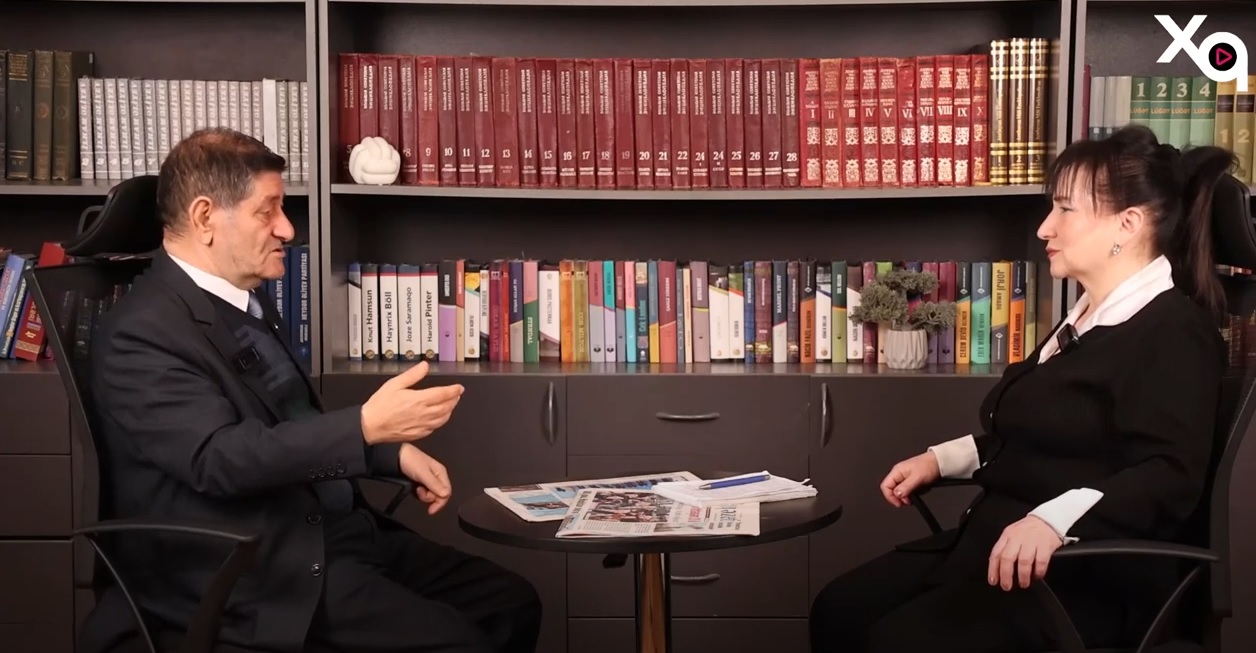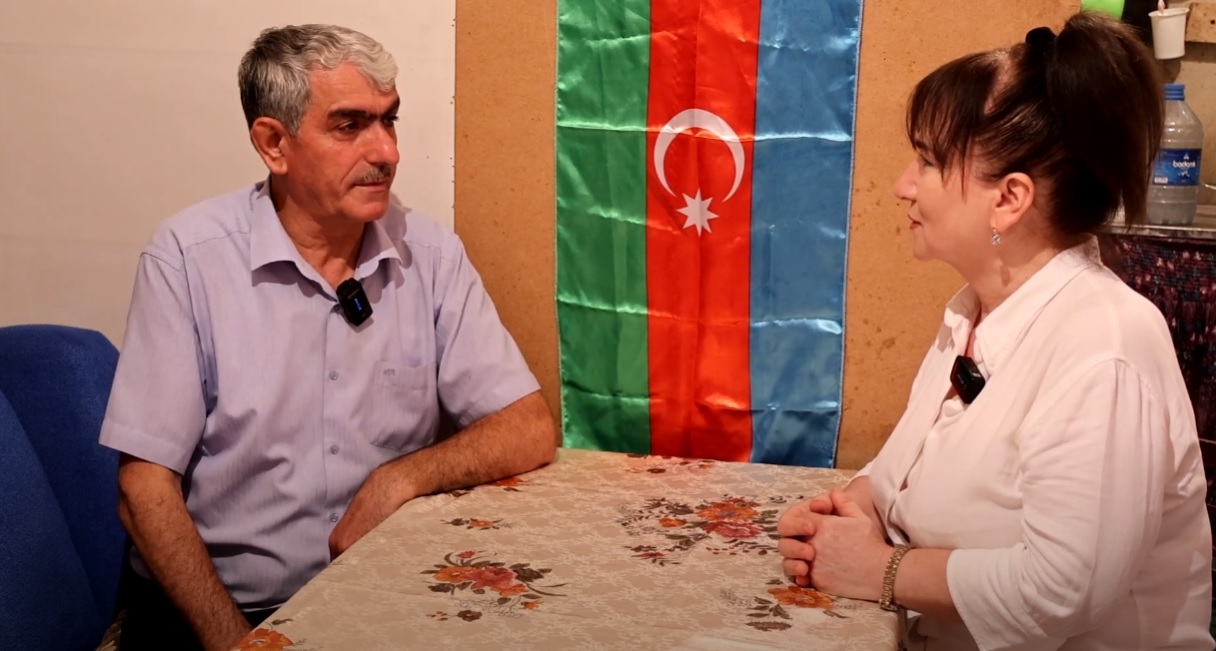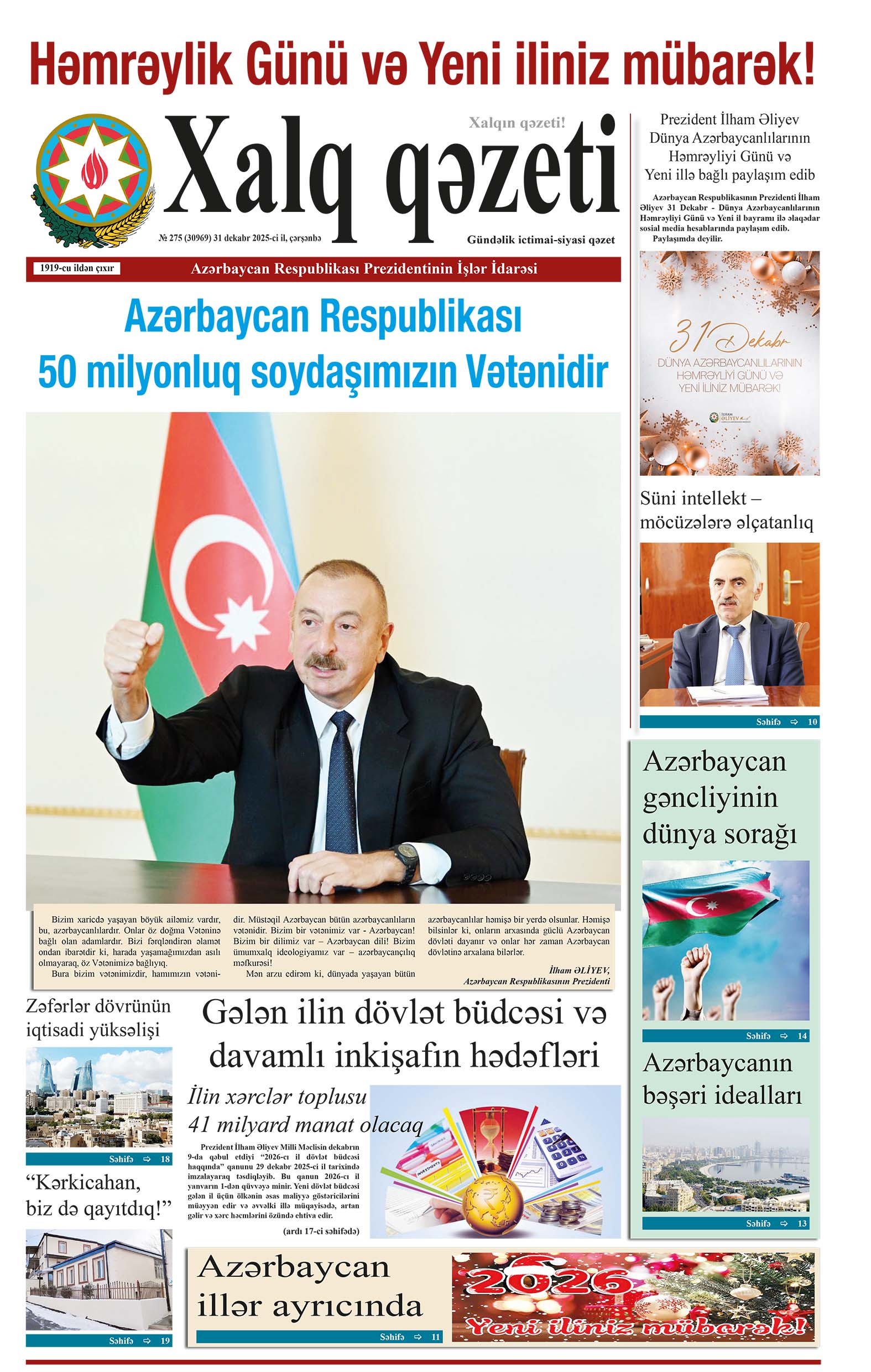It is well known that social networks have significantly impacted traditional media, fundamentally changing both the creation of news and the way people consume it (reading, watching, etc.). Journalism worldwide is no longer the same as it once was. It is widely accepted that social media has affected journalism at a sharp angle, like a whirlwind.
The New Era of Social Media and Journalism
As a product of the digital revolution, social networks play an important role in the media landscape. In addition to being a tool for information dissemination, social media offers the public an opportunity to actively express opinions. Moreover, while information consumption used to be more structured, it is now consumed as a continuous flow through social networks. For example, news that was once broadcast at specific times on television can now be watched at any time. Thus, social media has become an additional channel for journalists to spread information and a platform for ongoing dialogue with society.
The traditional rule, "Let the news be late but accurate," has now fallen behind in the face of social media’s rapid dissemination advantage. This speed has led to a rise in false and unverified information. For instance, during the 2016 U.S. presidential election, misinformation spread through social networks significantly impacted public opinion. Leading media organizations, aware of this power, have become increasingly active on social networks. Major media outlets have become influential powers in both political and economic fields through their online platforms.
Social media users share information in real-time, which undermines the credibility of traditional media, which tends to "move slowly" at times. While a news event that occurred five minutes ago may already be circulating on social media, traditional media only presents the story later. In this new era, the audience has shifted from passive observers to active participants in the creation of information. However, this also increases the risk of spreading false information. Real-time, minute-by-minute news updates create psychological dependence in society and pose significant challenges for journalists. Thus, social media both supports and introduces new challenges to journalism.
Immediate Misinformation or Delayed Truth?
In his book Irresistible: The Rise of Additive Technology and the Business of Keeping Us Hooked, Adam Alter notes that technology is neither good nor bad—what matters is how we use it. Therefore, by selecting reliable sources and accurate information, it is possible to separate truth from the rapid flow of information.
At first, everything might seem chaotic. Finding order in the chaos appears difficult because, in the social media environment, information can be both true and false. This is why it is crucial to approach information critically. Social media can both support hate and promote socialization and initiatives. Social media users can share information faster than journalists and directly reach their audiences. For instance, while a journalist waits to go on air, a social media user can broadcast live from the scene. This could shift years of accumulated readership to an individual account. Unlike television, where we switch channels to select content, social media automatically presents content to us through algorithms. Content that a user likes and watches for more than two seconds is shown to them more frequently. Long articles and films are being replaced by short videos, infographics, and live broadcasts. Platforms like X, Instagram, and TikTok are reshaping news consumption with short, dynamic stories.
Social Media and the Misinformation Problem
While social media should serve the public interest, it sometimes becomes a tool for manipulation, subordinated to personal and corporate interests. Instead of presenting objective information, it influences mass psychology, distorting public opinion and even harming national interests. In the competitive environment, the belief that "the most immediate information is the most accurate" leads to the dissemination of unverified data. This misinformation into a global problem. For example, several media outlets have spread false information about Azerbaijan, attempting to damage the country's reputation.
How can we combat misinformation? While it may not be possible to completely eliminate misinformation, we can build social immunity through education. International practice recommends verifying the source of information. If the information is attributed to a "reliable source" but the source is not specified, it is highly likely to be misinformation. Additionally, using online fact-checking tools and verifying shared content is crucial. Only in media-literate societies will it be possible to distinguish between accurate information and misinformation.
Mahbuba Mehdiyeva
Sociologist, Researcher






